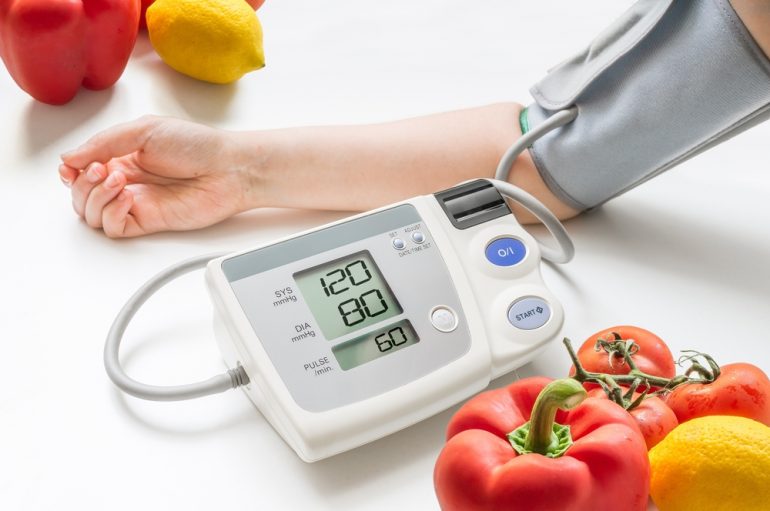7 simple food and exercise tips to bring down BP naturally
The looming risk of high blood pressure
Untreated high blood pressure is aptly referred to as a “silent killer” since it increases the risk of dementia, heart attack, stroke, and kidney damage. Hypertension can result from high blood pressure (140/90 mmHg or greater), which is harmful. Fortunately, lifestyle changes and dietary changes can reduce high blood pressure or hypertension. Certain factors, such as obesity, alcohol consumption, smoking, family history, or sedentary lifestyle, are frequent causes of high blood pressure.
Weight loss may help lower BP
Weight gain frequently causes an increase in blood pressure. In addition to raising blood pressure, being overweight can lead to sleep apnea, which disrupts breathing while you’re asleep. One of the best way of life adjustments for lowering blood pressure is weight loss. Even a minor weight loss can help lower blood pressure if you are obese or overweight.
Here’s how to manage high blood pressure naturally:
1. Yogurt
Dairy products with low fat are an excellent source of calcium, one of the primary nutrients that lower blood pressure. Yogurt is a fantastic source of protein, vitamins, minerals, and potassium for your diet. Enjoy a yogurt bowl with a mix of fruits for breakfast or eat it as a dip. This will help keep your blood pressure in control.
2. Bananas
In terms of potassium content, an average-sized banana contains 420 mg of it. Nine percent of the daily required consumption is met by eating just one. Research has found that diets deficient in potassium are linked to higher blood pressure. Potassium is excellent for controlling blood pressure. Bananas add a delicious flavour to smoothies, baked products, and frozen desserts and are also high in fibre.
3. Berries
Nitric oxide, which is abundant in berries, particularly in blueberries, lowers blood pressure by promoting blood flow. The Academy of Nutrition and Dietetics showed in a research that consuming even a little bit less than 28 grams of berries per day can dramatically lower blood pressure.
4. Leafy greens
Leafy greens are a great source of magnesium and potassium. These include spinach, mustard leaves, beet greens, and lettuce. These interact to control blood pressure. They can be eaten as delectable sandwiches, smoothies, and omelettes.
5. Garlic
Garlic adds a delicious earthy flavour to the food and also possesses the ability to manage hypertension. The National Institutes of Health (NIH) asserts that the blood pressure-lowering potential of the garlic component allicin. When garlic is crushed or chopped, allicin is released. This helps in lowering down your high BP and thus, managing it.
6. Broccoli
Cruciferous vegetables, such as broccoli, are rich in calcium, potassium, magnesium, and vitamin C—the four essential substances that help decrease blood pressure. According to studies, cruciferous vegetable-rich diets have been linked to lower rates of heart disease and longer lifespans.
7. Workouts that can lower your risk of hypertension
Exercise can also prevent hypertension (high blood pressure) from developing in cases of raised blood pressure. Regular exercise can help people with hypertension lower their blood pressure to a safe level.
Walking, jogging, cycling, swimming, or dancing are some forms of aerobic exercise that can lower blood pressure. High-intensity interval training is another option. Short bursts of intense exercise are interspersed with slower intervals of activity during this form of training. Additionally, strength training exercises can also help lower blood pressure. Try to include strength-training activities twice a week in your workout routine. Be consistent with it and don’t give up.
Avoid fast food and packaged meals
In today’s fast-paced society, people rely far too heavily on packaged goods and processed foods. Fast food, chips, cookies, canned soups, and sauces are among the foods that are particularly high in salt, which has a negative effect on blood pressure. More salt in the blood draws water from the blood vessel’s surrounding tissues, increasing blood volume and raising blood pressure. Additionally, processed food contributes to weight growth, which makes it challenging for the heart to pump blood. There is a daily limit of 2300 mg for sodium consumption, and exceeding this amount is harmful to cardiovascular health.

